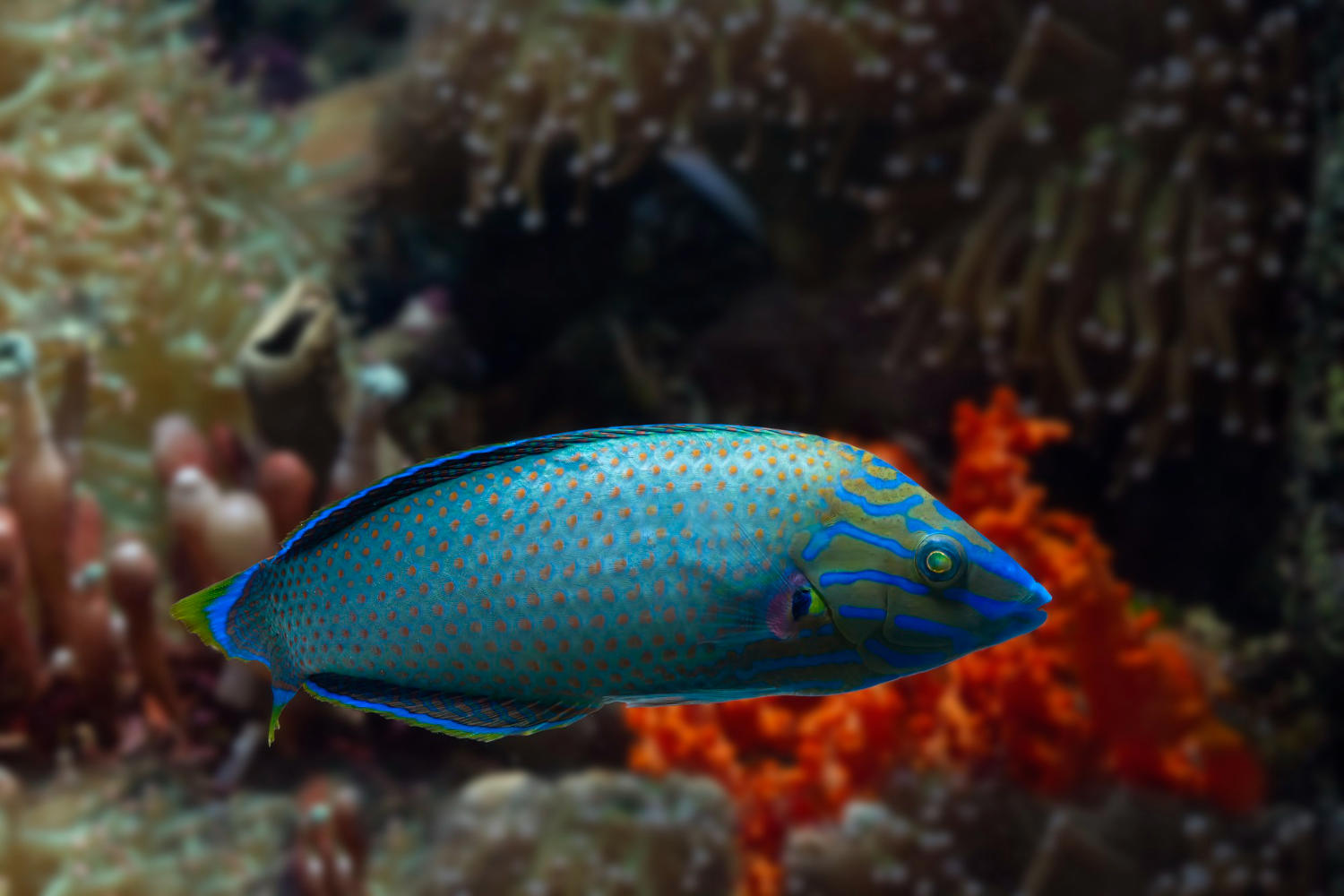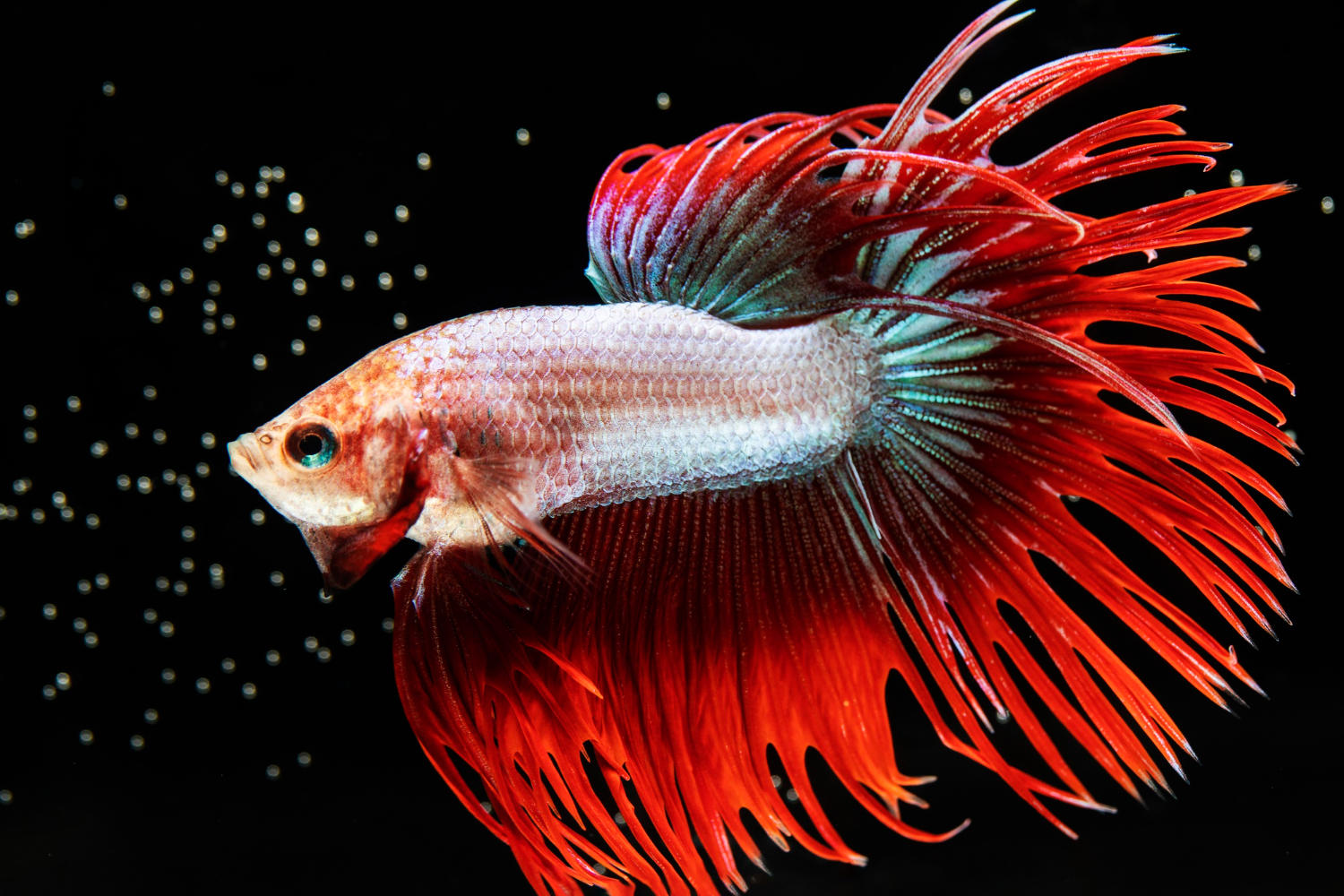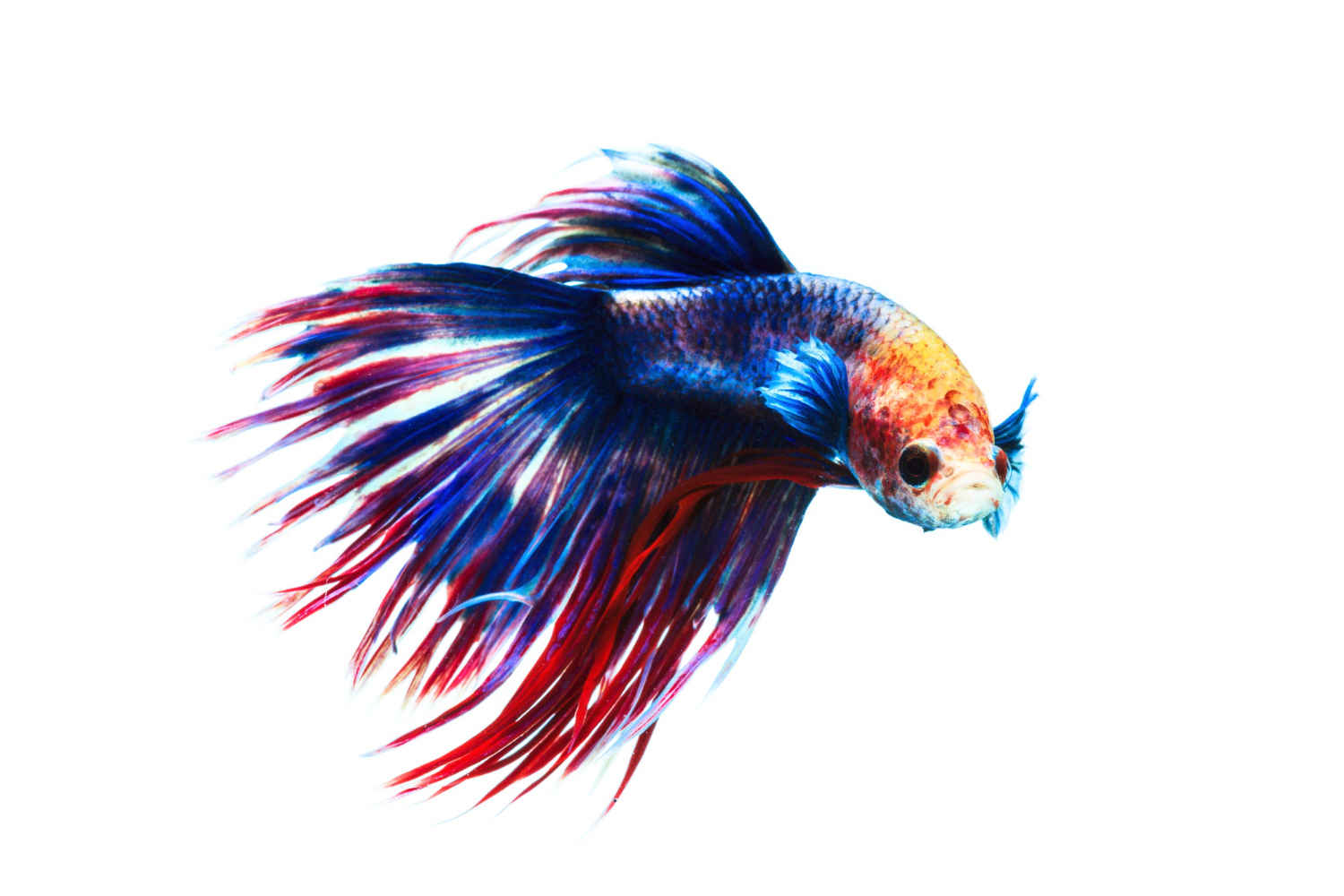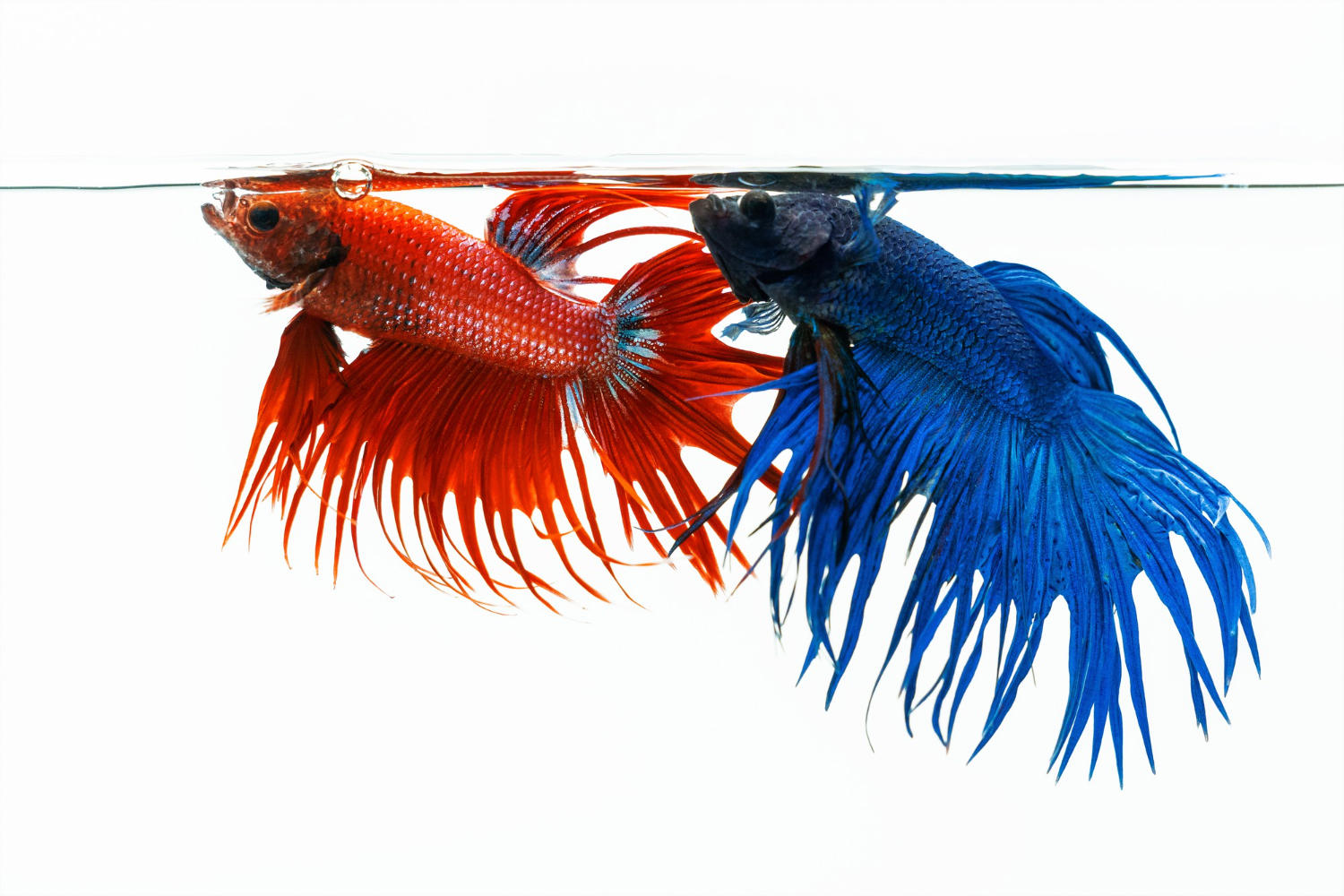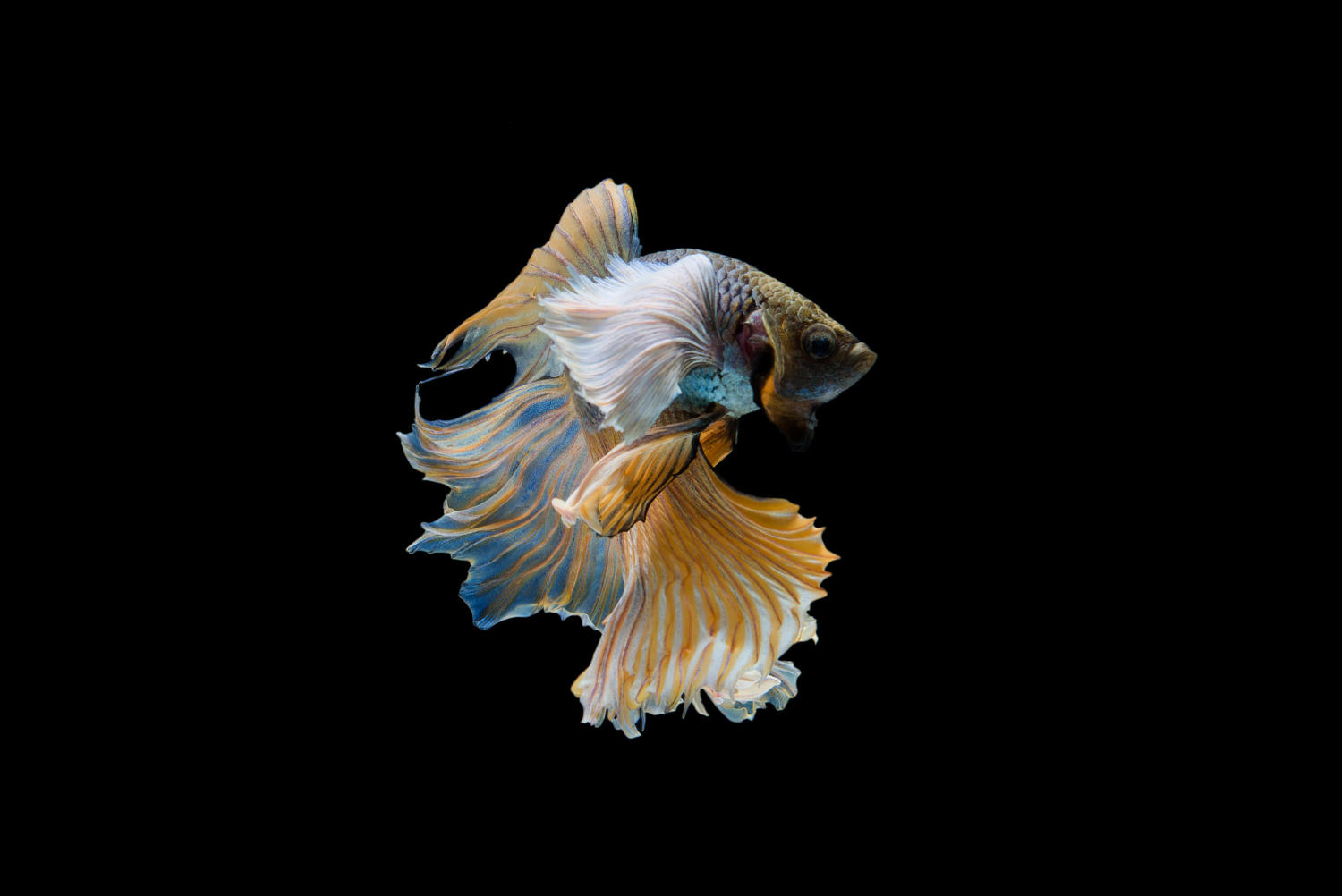Creating a happy home for a betta fish is a rewarding endeavor. Not only do you get to provide your betta fish with a safe, comfortable, and healthy environment, but you can also enjoy watching your fish swim around and explore its new home. In this blog post, we will discuss the essential elements of creating a happy home for your betta fish, including tank size, filtration, water temperature, and decorations. By following these simple steps, you can ensure that your betta fish has a safe, happy, and enjoyable home.
Creating a happy home for fish/the-top-10-fish-perfect-for-having-as-pets/”>your betta fish is essential to ensuring their health and wellbeing. Betta fish, also known as Siamese fighting fish, are some of the most popular aquarium fish due to their vibrant colors and low maintenance requirements. However, even though these beautiful fish are relatively easy to care for, it’s important to provide them with the proper environment in order to keep them healthy and happy. In this blog post, we’ll discuss how to create a happy home for your betta fish.
First, let’s start with the basics. Betta fish need a tank of at least two gallons in size, with a heater and filter to keep the water clean and the temperature stable. The filter and heater should be kept on at all times, and the tank should be cleaned regularly. The temperature of the water should be kept between 76-82 degrees Fahrenheit.
Betta fish also need plenty of room to swim, so you should provide them with plenty of plants and decorations to make the tank more interesting. Live plants are a great way to add oxygen and help keep the water clean, and they also provide a great hiding spot for your betta fish. However, be sure to avoid any plants with sharp edges, as these can injure your fish. Decorations such as rocks, caves, and driftwood can also make the tank more interesting and provide your fish with a place to hide.
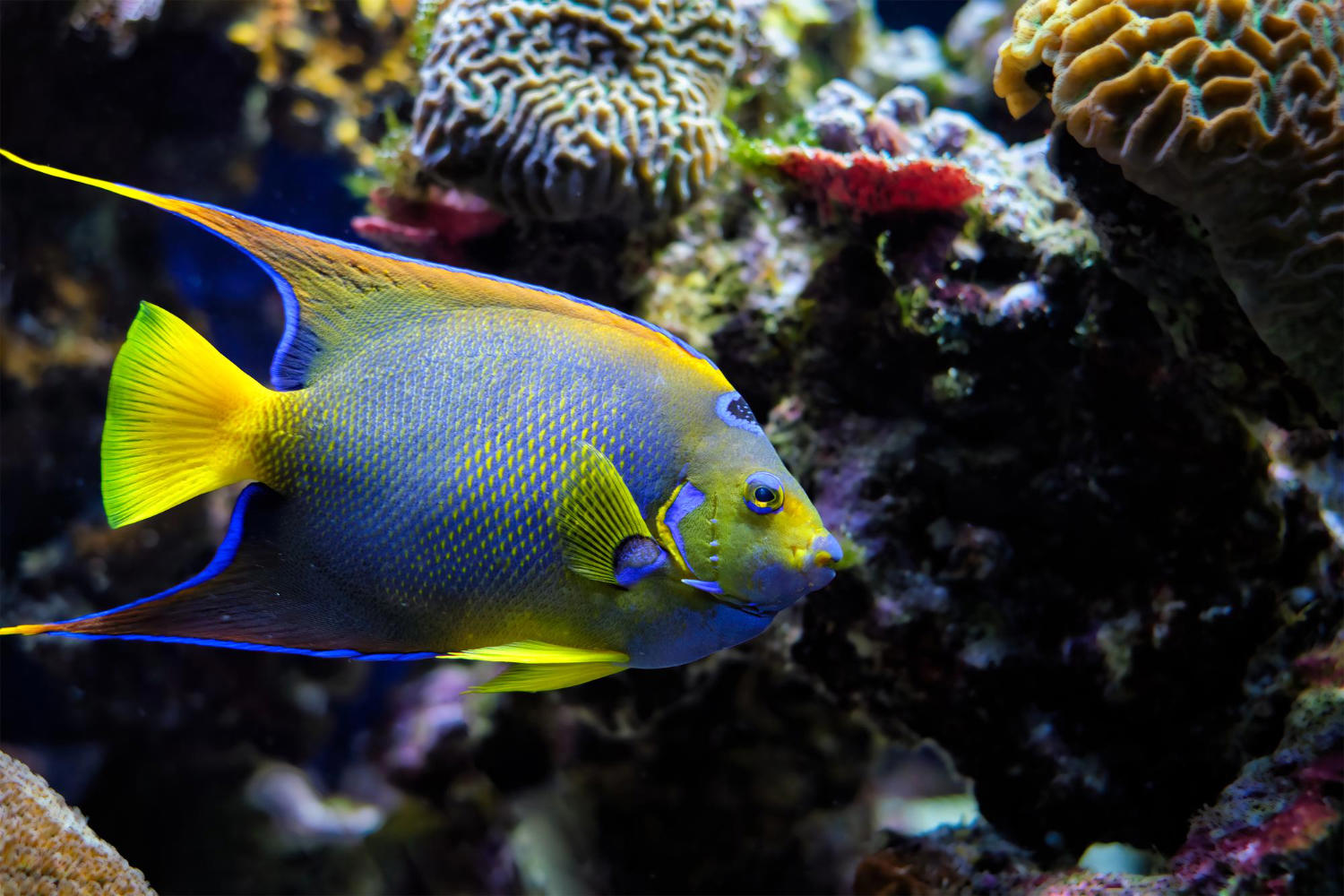
In addition to providing your betta fish with a comfortable home, you should also make sure they are receiving the proper nutrition. Betta fish are carnivores and should be fed a diet of high-quality, protein-packed food, such as bloodworms, brine shrimp, or other freeze-dried foods. You should also provide them with fresh vegetables, such as blanched spinach, zucchini, and peas, as well as other vegetables like cucumber and romaine lettuce. You should feed your betta fish two to three times a day, and make sure not to overfeed them.
Finally, it’s important to provide your betta fish with a stimulating environment to keep them engaged and happy. You can do this by providing them with toys, such as floating balls or rings, as well as mirror tiles to encourage them to show off their beautiful fins. You should also consider adding a few other fish to the tank, as betta fish are social creatures and enjoy being around other fish. However, be sure to research the other fish you plan to add to the tank, as some species may be aggressive towards bettas.
Creating a happy home for your betta fish is essential to their health and wellbeing. By providing them with a clean and comfortable environment, plenty of plants and decorations for stimulation, and a balanced diet, you can ensure that your betta fish will live a long and happy life.
Creating a happy home for your betta fish is easy if you follow the necessary steps. By providing your fish with a comfortable tank, the right environment, plenty of food and a clean tank, you can ensure that your betta fish will thrive. A happy betta fish is not only healthier, but also has a longer life expectancy. Taking the time to create the best home for your fish is an investment that will pay off for years to come. With the right environment and care, your betta fish can become an important part of your home.


